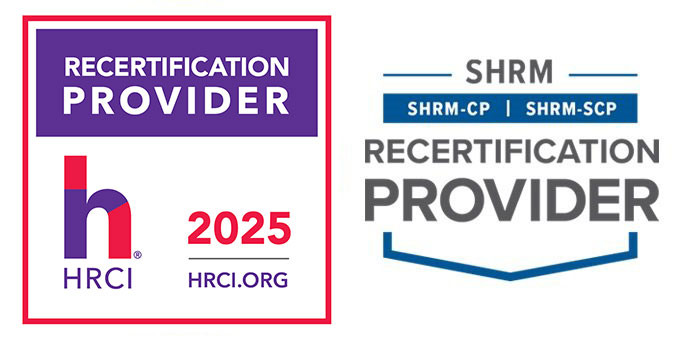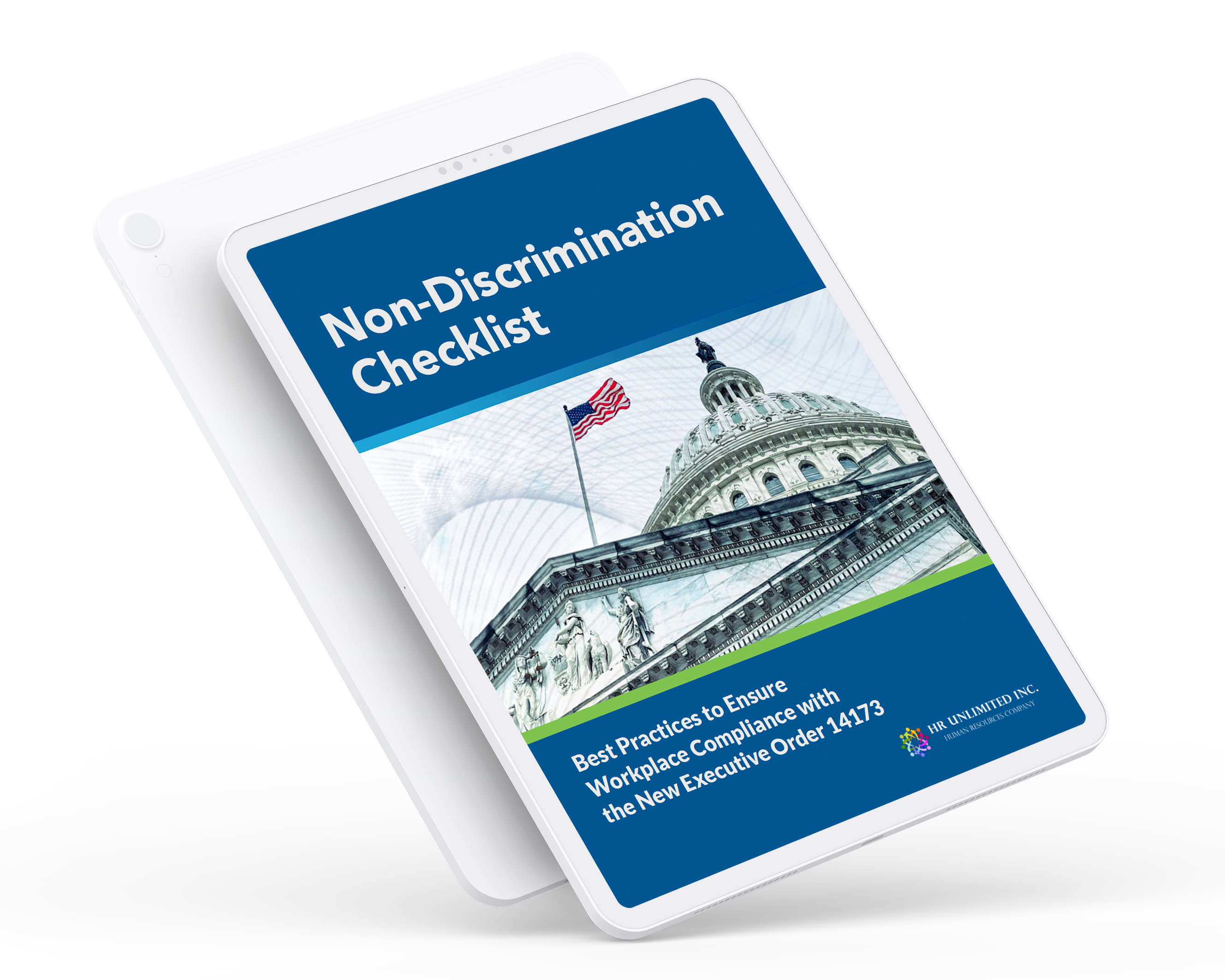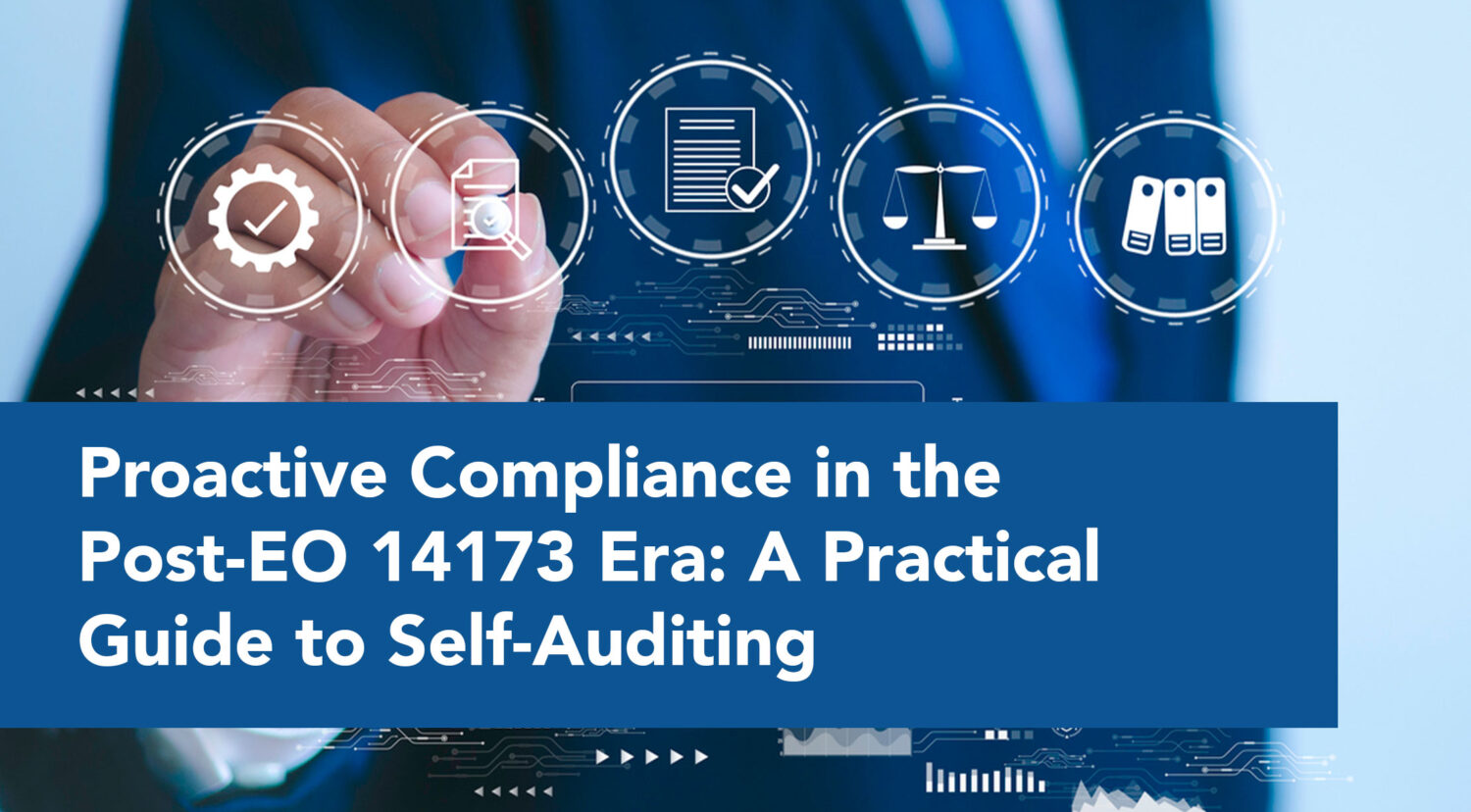

Definition of Merit-Based Hiring
Merit-based hiring is a recruitment strategy that focuses on selecting candidates based solely on their skills, experience, qualifications, and performance rather than personal characteristics or biases.
In simple terms, when companies adopt hiring based on merit, they prioritize measurable factors like job competency, test scores, and work history over subjective elements including but not limited to personal connections, race, gender, age, or background. This approach is often supported by standardized assessments, structured interviews, and objective scoring systems to ensure fairness.
Pros & Cons of Merit-Based Hiring
Pros:
- Objectivity and Fairness: A standardized selection process reduces favoritism and unconscious bias.
- Higher Quality Hires: Focusing on qualifications ensures candidates have the skills required to succeed.
- Increased Productivity: Employees hired on merit often perform better because they are well-suited for their roles.
Cons:
- Potential for Overlooking Soft Skills: Strictly merit-based hiring might miss cultural fit, emotional intelligence, and other intangible qualities.
- Possible Exclusion of Nontraditional Candidates: Candidates with unconventional backgrounds but high potential might be filtered out.
- Resource-Intensive: Developing objective tests and standardized processes takes time and investment.
How It Intersects with DEI Initiatives
Many organizations wonder if merit-based hiring conflicts with Diversity, Equity, and Inclusion (DEI) efforts. In reality, it can work both ways.
- Positive Impact: When well-designed, merit-based systems minimize bias and create opportunities for historically underrepresented groups by focusing on skills rather than demographics.
- Negative Impact: If the criteria used to define “merit” unintentionally favor certain groups, the process may reinforce existing inequalities.
For example, requiring specific degrees or standardized test scores could unintentionally disadvantage talented candidates from nontraditional backgrounds. HR leaders must therefore balance fairness and inclusivity when designing merit-based hiring frameworks.
Legal Considerations Employers Should Know
Employers adopting hiring based on merit must comply with employment laws and anti-discrimination regulations such as:
- Title VII of the Civil Rights Act (prohibits discrimination based on race, color, religion, sex, or national origin)
- Americans with Disabilities Act (ADA)
- Equal Employment Opportunity Commission (EEOC) Guidelines
Using objective, validated hiring criteria helps organizations stay compliant while reducing the risk of discrimination claims.
Best Practices HRU Recommends for Fair, Compliant Hiring
To implement merit-based hiring meaningfully, HR professionals can follow these best practices:
- Define “Merit” Clearly Decide which skills, experiences, and qualifications truly predict success in the role.
- Use Structured Interviews & Assessments Standardize questions, scoring, and evaluation methods to ensure fairness.
- Audit for Unconscious Bias Regularly review hiring data to identify patterns that might disadvantage certain groups.
- Combine Data with Human Judgment Use AI-driven tools and skills tests alongside recruiter expertise for a balanced approach.
- Stay Aligned with DEI Goals Ensure hiring metrics reflect both performance standards and inclusivity objectives.
Conclusion
Merit-based hiring can create a fairer, more effective recruitment process if done thoughtfully. By combining objective criteria with DEI-conscious practices and legal compliance, organizations can build stronger, more diverse teams that truly reflect the best talent available.
At HR Unlimited Inc., we help federal contractors and employers navigate complex compliance requirements while building stronger, more inclusive workplaces. If you’re ready to strengthen your compliance and equity efforts, contact us today to learn how we can support your EEO and non-discrimination goals.





